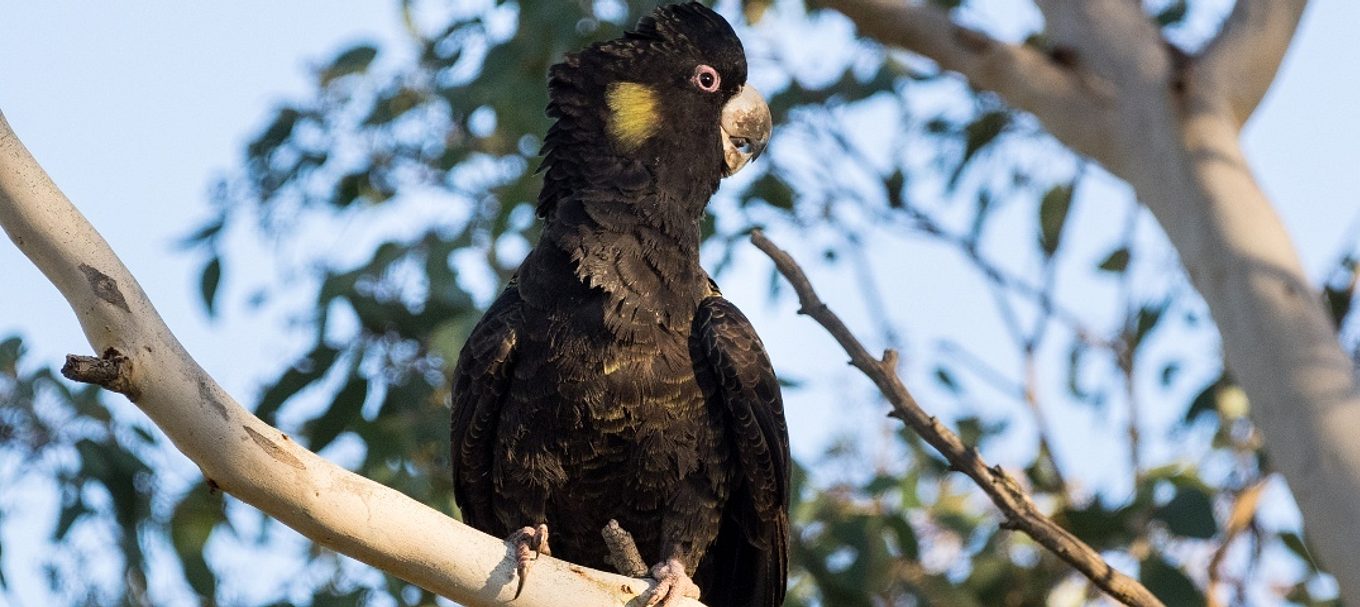
How you can raise awareness about Australia’s native threatened species – from your kitchen
If you love Australian flora and fauna and you have a penchant for baking, combine the 2 and create your own masterpiece for the Threatened Species Bake Off.
It’s an Australian-wide competition challenging you to bake a dessert in the shape of a threatened species to commemorate National Threatened Species Day on 7 September.
The annual event, run by the Threatened Species Commissioner, aims to build awareness in the community about Australia’s remarkable and unique threatened wildlife.
You can participate by baking your creation in the shape of your chosen Australian native threatened species and sharing it with the Commissioner on social media.
Upload an image of your baked creation to Facebook, Twitter, or Instagram by using the hashtag #TSBakeOff2023 and tag the Threatened Species Commissioner. Include your first name, the species and the category you are entering. If you are unable to enter via social media, you can also send your entry to tsbakeoff@dcceew.gov.au.
Entries close on Sunday 24 September.
Want to learn more about threatened species and get some inspiration? Read on.
About threatened species
A threatened species is a plant or animal at risk of extinction. Threatened species in SA that are low-level threatened (which means they could become extinct) are classified from ‘rare’ to ‘vulnerable’, whereas high-level threatened species (meaning they’re on the brink of extinction) are classified as ‘endangered’.
Australia has the world’s highest mammal extinction rate and in South Australia over 1,100 of our native species are threatened with extinction (and that number is believed to be an underestimate).
A species can become ‘threatened’ because of pressures including habitat loss and degradation, the impacts of climate change, the introduction of invasive species, disturbance during breeding, diseases and more.
Baking suggestions
This year’s Bake Off theme – loving the unlovely and getting to know the unknown – aims to highlight the threatened species that don’t often hit the headlines and those that some people might call ‘ugly’ or ‘uncharismatic’.
To help you with your entries, we’ve come up with a list of 5 lesser-known South Australia’s threatened species:
1. Hooded plover
Hooded plovers are small, beach-nesting birds with a distinctive black hood. They are found along several of SA’s sandy beaches in the metropolitan area, as well as on beaches in the far west to the Limestone Coast, as well as Kangaroo Island.
Coastal development, disturbance and a range of predators are the major threats to plovers.
They usually nest at the base of sand dunes from August to March and are very protective parents but their nest and chicks come under threat as they persistently disturbed by vehicles, dogs, humans and foxes.
Local communities, land managers, landscape boards and BirdLife Australia volunteers are working hard to monitor, protect and raise awareness about these birds.
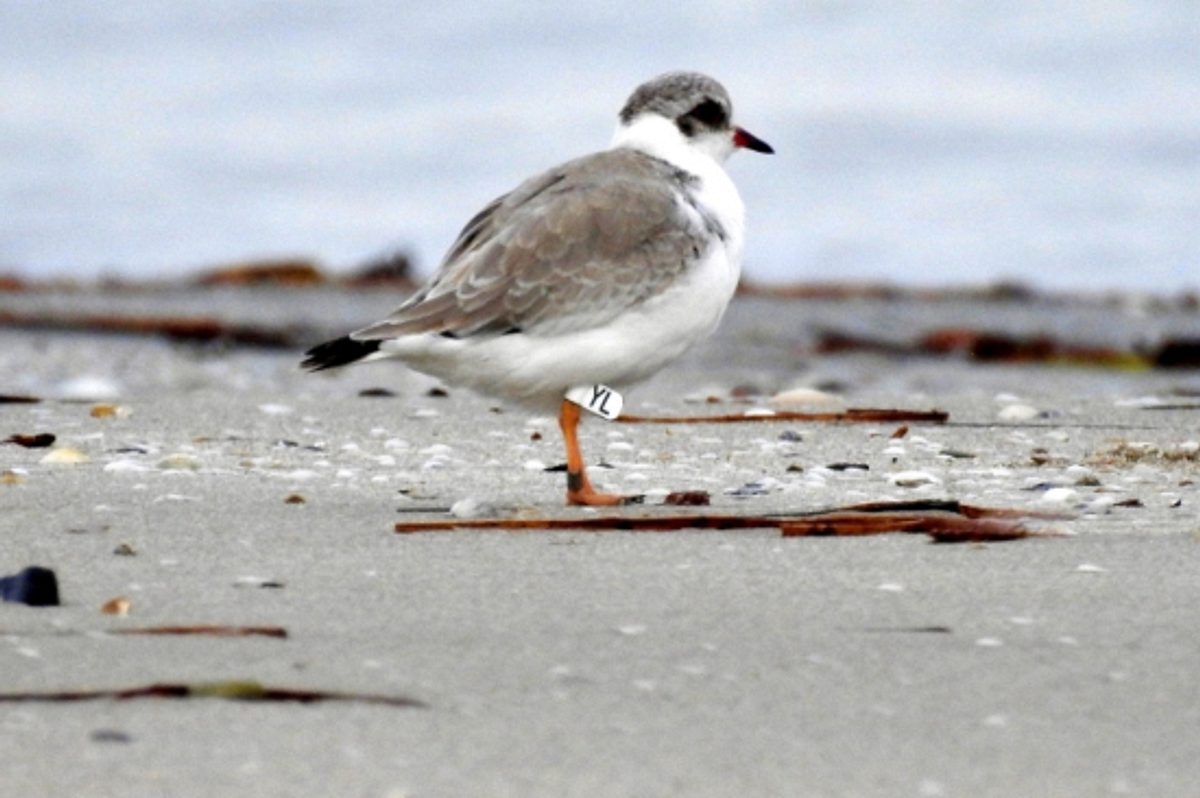
2. Grey-headed flying fox
Grey-headed flying foxes can be found foraging at night across metropolitan Adelaide, with a significant camp at Botanic Park in the city. Another colony has been located near Millicent in the south-east of SA.
With a wingspan of nearly 1 metre, these flying foxes are among the world’s largest bats. Despite their size, they are strictly vegetarian and feed predominantly on nectar from Eucalypt blossoms and fruit.
They roost in trees during the day and fly out at sunset to their feeding grounds, sometimes up to 50km away.
They forage on the wide variety of tree species planted in cities. In Adelaide, they are regularly observed in spotted gums, lemon-scented gums and Morten Bay fig trees.
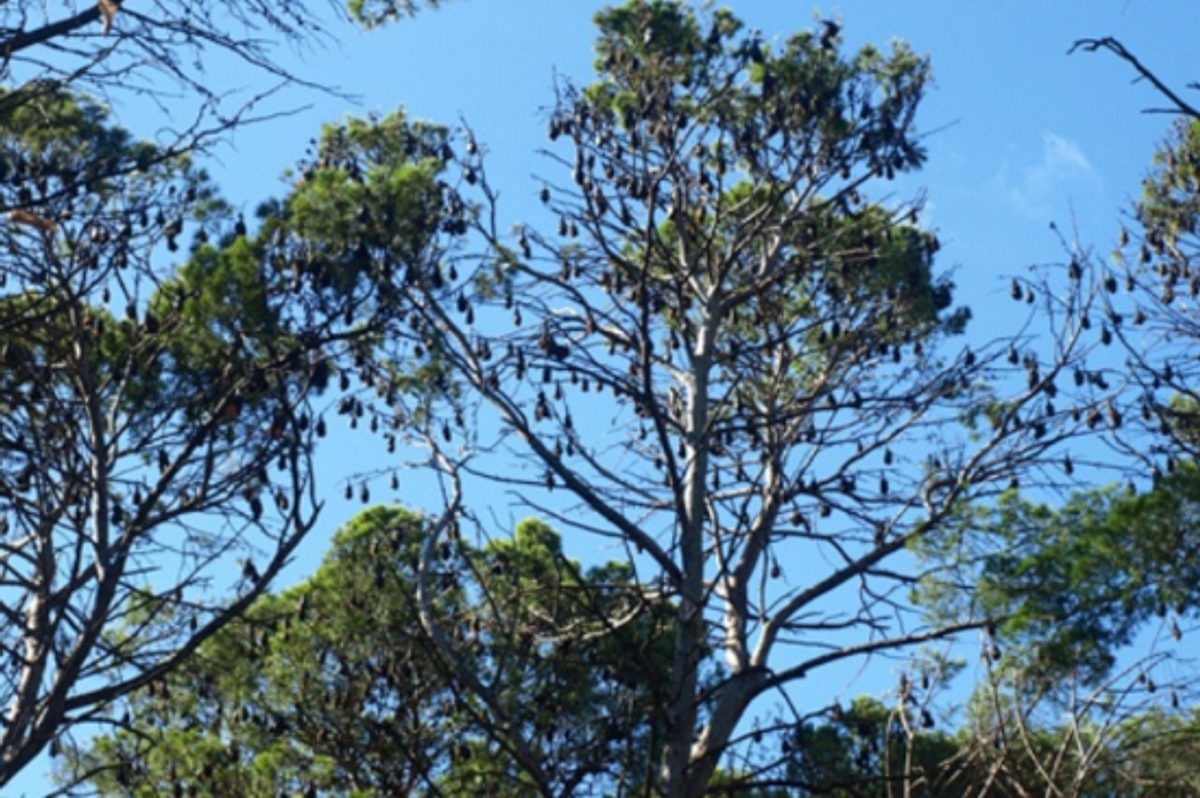
3. Common brush-tailed possum
This threatened species was once widespread across much of SA but has experienced a severe range contraction since European colonisation, with the species now confined to southern areas of SA like the Mount Lofty Ranges, Kangaroo Island and the South East.
They have adapted well to city life and it is here that they can occur in reasonably high densities. Their abundance in the city really contrasts the significant declines they have experienced elsewhere.
There have been recent efforts to re-introduce this species into the Flinders Ranges.
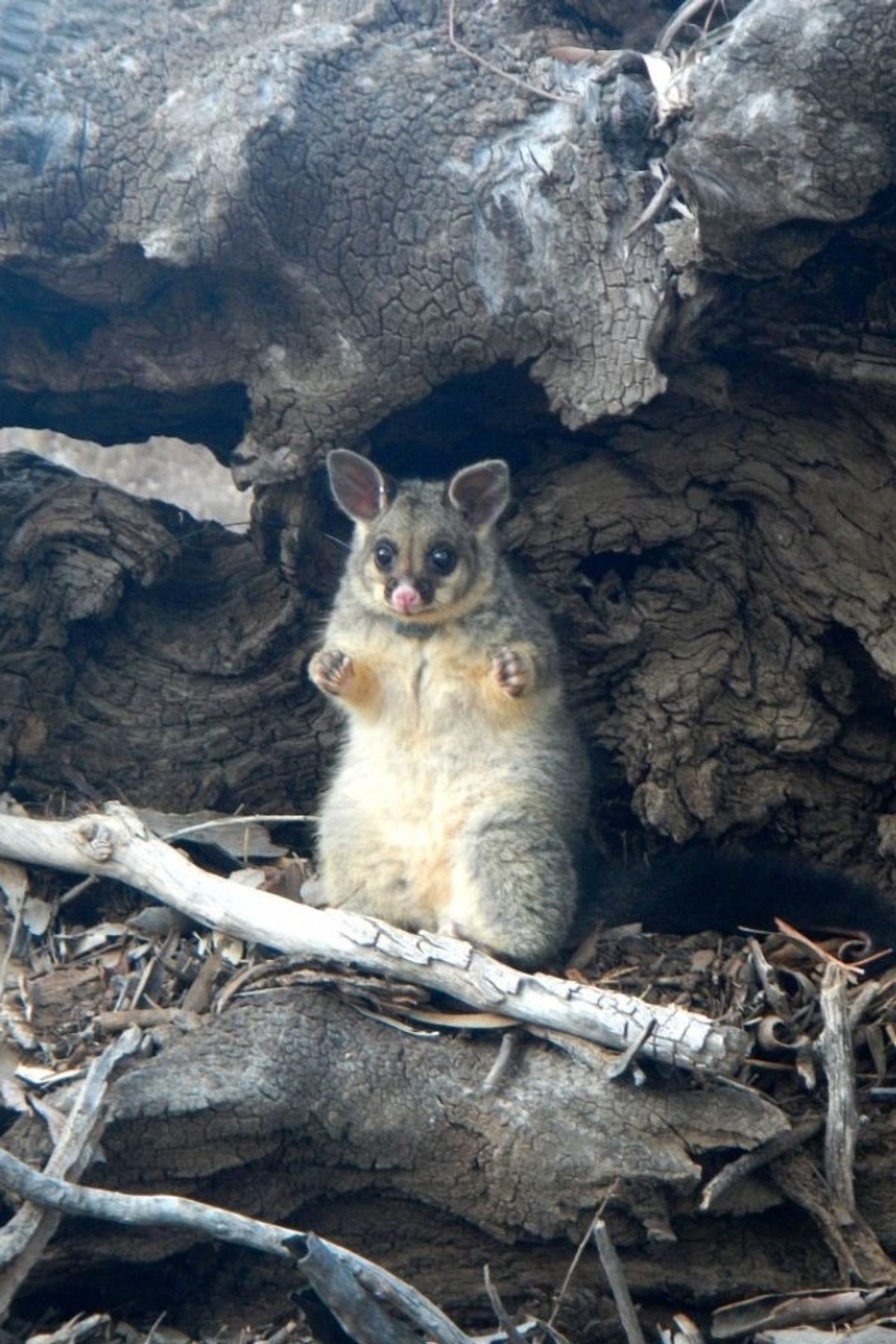
4. Yellow-tailed black-cockatoo
Yellow-tailed black-cockatoo regularly venture into metropolitan areas to feed on seeds in various introduced pine tree species, particularly Aleppo pines.
Importantly, over their summer breeding period, pairs can be observed venturing into Adelaide to feed and then return to the adjacent Mount Lofty Ranges to feed their chicks in the nest.
In the Adelaide and Mount Lofty Ranges region, there are believed to be fewer than 800 breeding pairs of yellow-tailed black-cockatoos, so the ability of our urban trees to support breeding birds is encouraging.
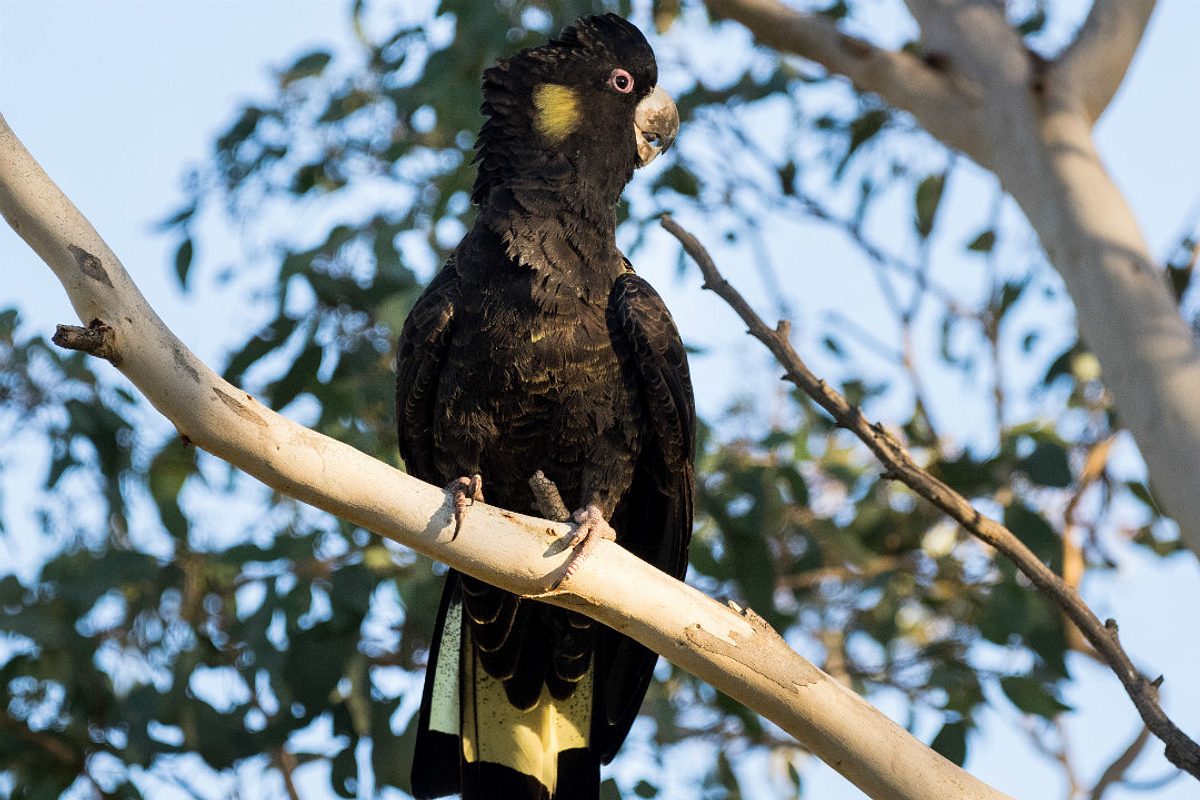
5. Sandhill greenhood
The sandhill greenhood orchid is an Environment Protection and Biodiversity Conservation-listed orchid that’s found in metropolitan Adelaide on the Grange golf course.
Teams of people have worked with this population of orchids over the years to ensure that threats such as weeds are managed.
The work has paid off with the population increasing in size and the site playing a very important part in the national conservation of this species.
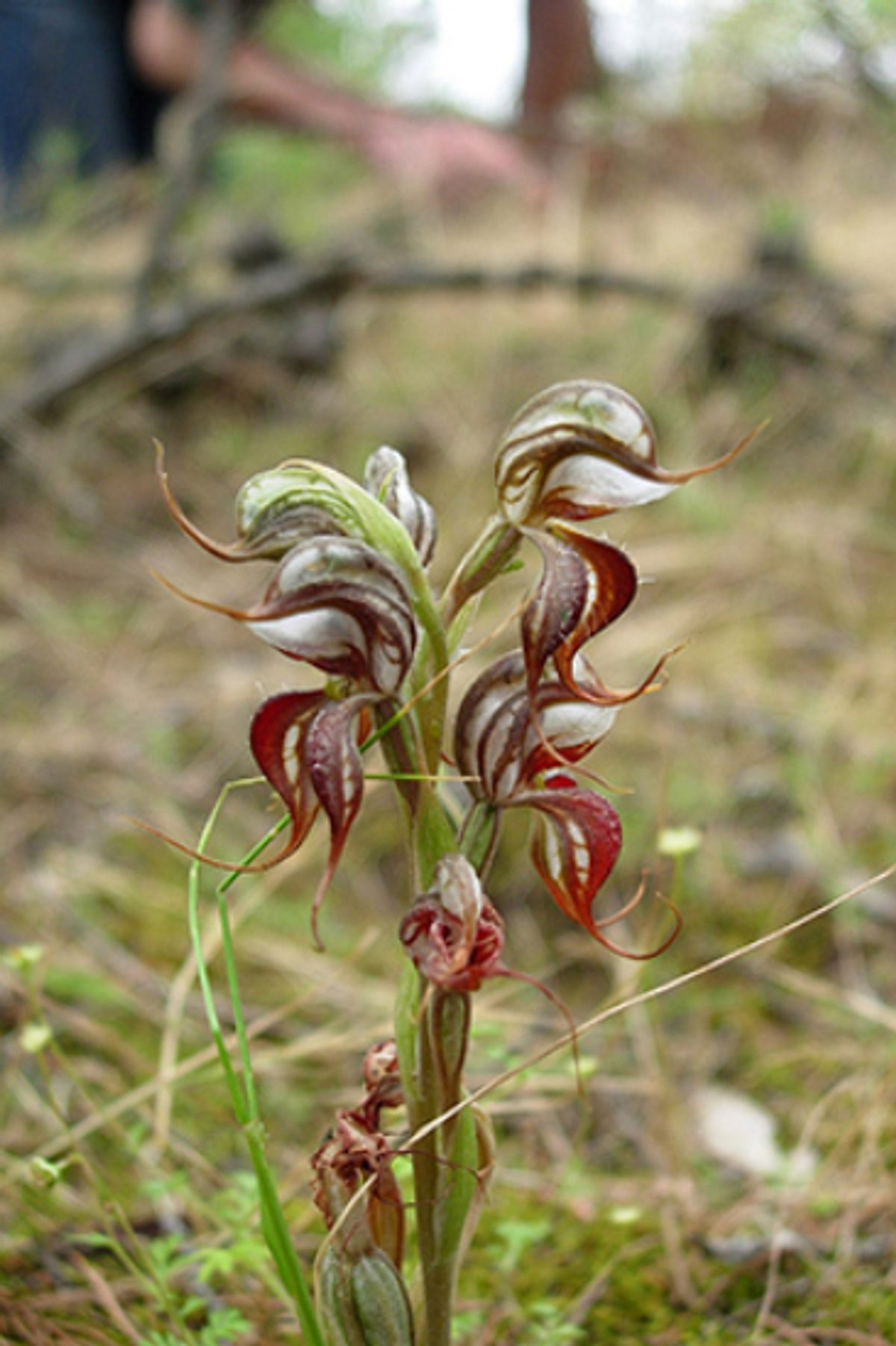
Get baking!
Want to learn more about biodiversity and threatened species in SA? You can visit the Department for Environment and Water’s website or discover 10 fast facts about biodiversity. You can also subscribeto stay up-to-date on the development of SA’s Biodiversity Act – the first of its kind in our state.
Main image: Yellow-tailed black cockatoo (courtesy of Duncan McCaskill)
This story was first posted in September 2020.





